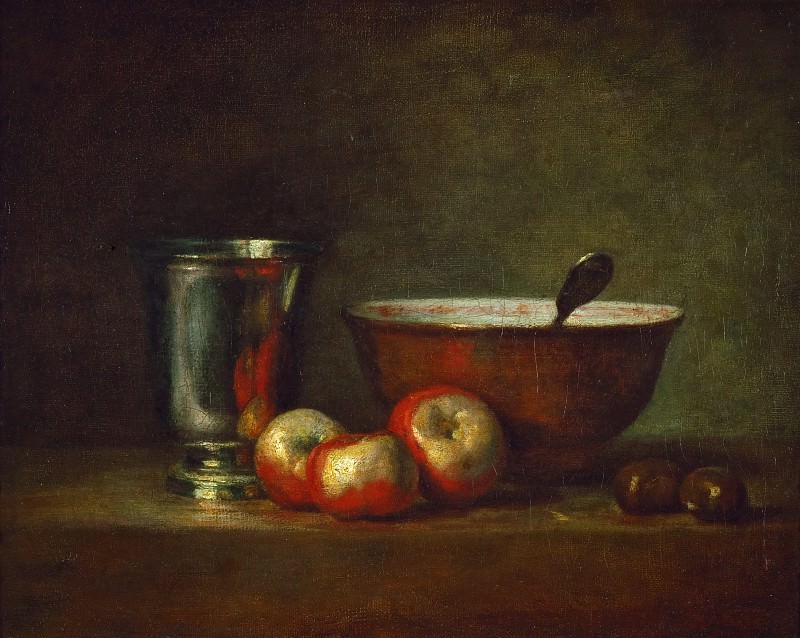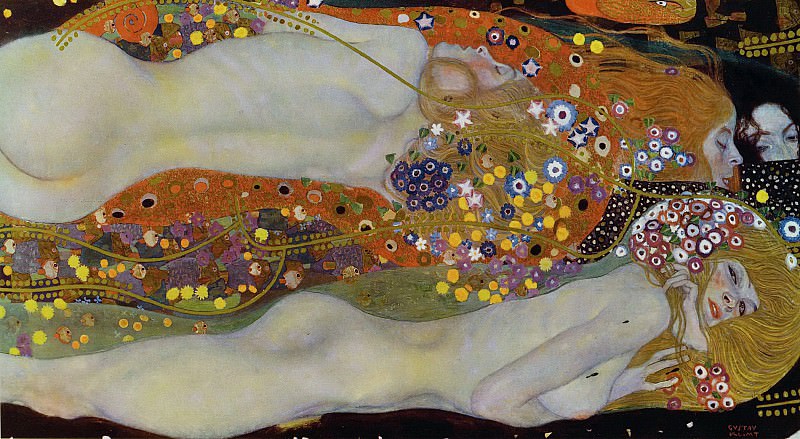Grant Wood: An American Master of Regionalism
Introduction to Grant Wood
Grant Wood is one of the most iconic American painters, best known for his contributions to the Regionalist art movement. Born on February 13, 1891, in Anamosa, Iowa, Wood's work is characterized by his unique portrayal of rural American life. His most famous painting, "American Gothic," has become a symbol of Americana and a staple of American culture. This article delves into Wood's life, his artistic journey, and the legacy he left behind.
Early Life and Influences
Grant Wood's early life was marked by a deep connection to the land and the people of the Midwest. After the death of his father in 1901, Wood's family moved to Cedar Rapids, Iowa, where he began to develop his artistic talents. He attended the Art Institute of Chicago and later traveled to Europe, where he was influenced by various art movements, including Impressionism and Post-Impressionism. However, it was the work of the 15th-century Flemish painter Jan van Eyck that left a lasting impression on Wood, inspiring his meticulous attention to detail and use of clear, bright colors.
The Birth of Regionalism
Upon his return to the United States, Grant Wood sought to create an art form that was uniquely American. He turned his attention to the landscapes and people of the Midwest, depicting them with a sense of pride and authenticity. This approach became known as Regionalism, a movement that aimed to capture the essence of American life outside the urban centers. Wood's paintings from this period are characterized by their precision, clarity, and reverence for the American heartland.
American Gothic: A Cultural Icon
"American Gothic," painted in 1930, is Grant Wood's most famous work and one of the most recognizable images in American art. The painting depicts a stern-looking farmer holding a pitchfork, standing beside a woman believed to be his daughter or wife, in front of a Gothic-style house. The painting's subjects were modeled by Wood's sister Nan and his dentist, Dr. Byron McKeeby. "American Gothic" captures the spirit of rural America during the Great Depression, and its ambiguous portrayal of the characters has sparked numerous interpretations over the years. The painting's fame skyrocketed after winning a bronze medal at the Art Institute of Chicago, and it continues to be a subject of fascination and parody.
Exploring Rural Life
Beyond "American Gothic," Grant Wood's body of work offers a rich tapestry of rural American life. Paintings such as "Young Corn" and "Stone City, Iowa" reflect his deep appreciation for the agricultural landscape and its inhabitants. "Young Corn" features a lush, rolling landscape dotted with farmhouses and barns, capturing the idyllic beauty of the Midwest. In contrast, "Stone City, Iowa" presents a more industrial scene, with limestone quarries and a small town nestled in the hills. These works highlight Wood's ability to find beauty in the everyday and elevate the ordinary to the extraordinary.
Portraits and People
In addition to his landscapes, Grant Wood also excelled in portraiture. His portraits often depicted friends, family, and local figures, rendered with the same meticulous detail and affection as his landscapes. "Arnold Comes of Age," a portrait of his close friend Arnold Pyle, showcases Wood's skill in capturing the personality and essence of his subjects. The painting's warm, naturalistic style reflects Wood's belief in the importance of individuality and personal connection.
Artistic Techniques and Style
Grant Wood's artistic techniques were heavily influenced by his studies in Europe and his admiration for early Renaissance painters. He employed a meticulous, almost photographic realism in his work, characterized by clear outlines, bright colors, and an attention to detail that bordered on the obsessive. Wood's use of light and shadow, combined with his careful composition, created a sense of depth and three-dimensionality in his paintings. This precise, controlled style set him apart from his contemporaries and contributed to the distinctive look of Regionalist art.
Legacy and Impact
Grant Wood's influence extends far beyond his own lifetime. As a leading figure in the Regionalist movement, he helped to shape the course of American art in the 20th century. His works continue to be celebrated for their technical mastery and their evocative portrayal of American life. Wood's commitment to depicting the Midwest with honesty and respect has inspired generations of artists to explore their own regional identities and cultural heritage.
The Grant Wood Art Colony
In recognition of his contributions to American art, the University of Iowa established the Grant Wood Art Colony in 2011. The colony provides residencies for artists, writers, and scholars, fostering creativity and collaboration in the spirit of Wood's legacy. The program includes fellowships in painting, printmaking, and interdisciplinary performance, offering artists the opportunity to work in a supportive and inspiring environment. The Grant Wood Art Colony serves as a testament to Wood's enduring impact on the art world and his commitment to nurturing the next generation of American artists.
Exhibitions and Collections
Grant Wood's works are housed in numerous prestigious collections and have been the subject of many exhibitions around the world. Major museums, including the Art Institute of Chicago, the Metropolitan Museum of Art, and the Whitney Museum of American Art, feature his paintings in their permanent collections. These institutions recognize Wood's significance as a key figure in American art history and continue to celebrate his contributions through special exhibitions and retrospectives. The widespread availability of Wood's works ensures that new audiences can appreciate his unique vision and artistic achievements.
Conclusion
Grant Wood's art offers a window into the heart of America, capturing the spirit of the Midwest with unparalleled clarity and affection. His dedication to portraying the beauty and complexity of rural life has left a lasting legacy that continues to resonate with audiences today. As one of the foremost figures of the Regionalist movement, Wood's influence is evident in the work of countless artists who followed in his footsteps. Through his iconic paintings, meticulous technique, and unwavering commitment to his roots, Grant Wood remains a towering figure in American art, celebrated for his timeless contributions to the cultural landscape.
















